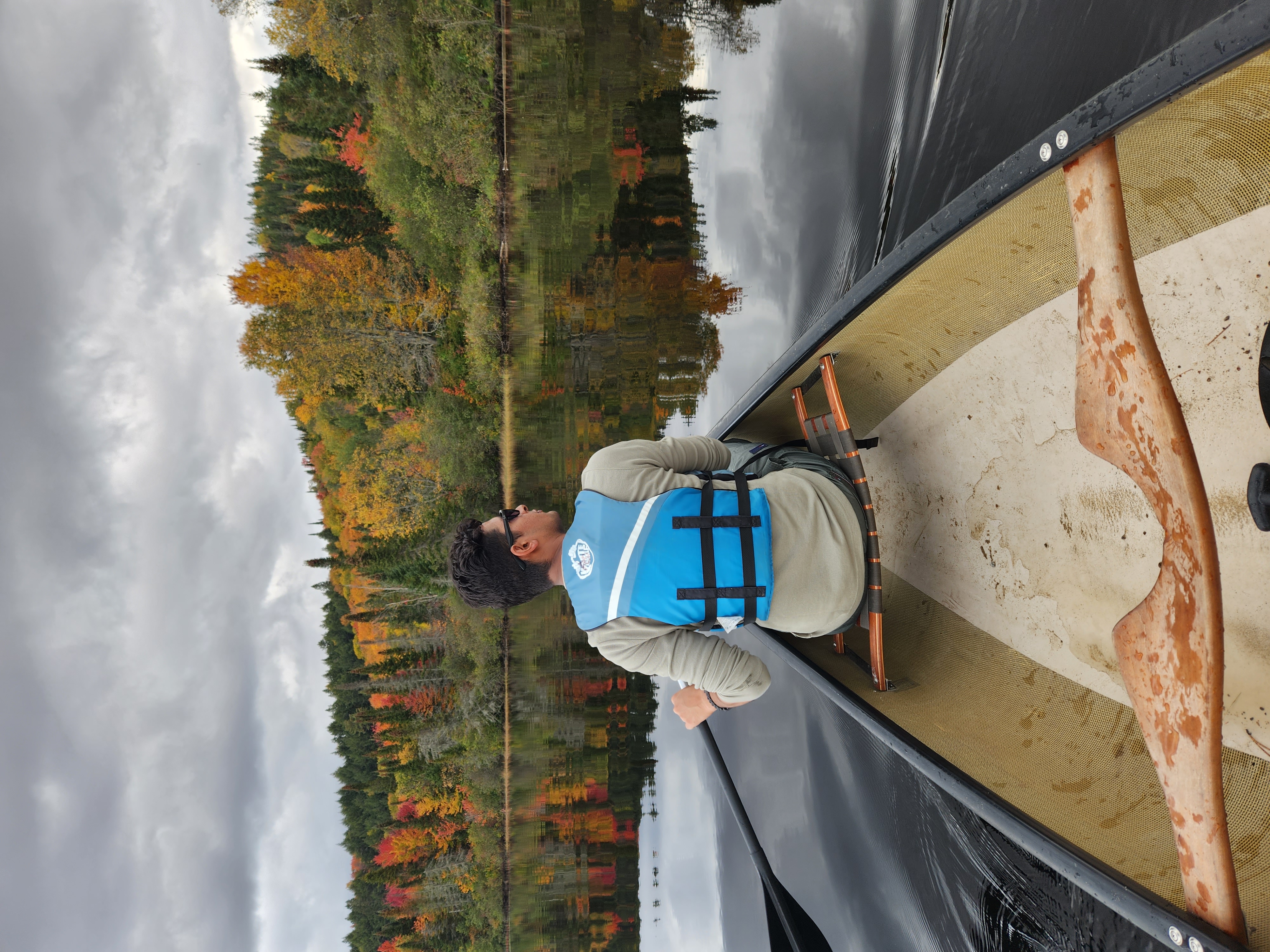The Current Landscape: Strengths to Build Upon
Canada already hosts a number of globally
recognized companies in the armoured vehicle sector. Firms such as INKAS
Armored Vehicle Manufacturing, Roshel Smart Armored Vehicles, and Terradyne
Armored Vehicles are exporting cutting-edge vehicles and technologies around
the world. Roshel, for instance, has garnered international acclaim for
supplying over 1,000 Senator Armoured Personnel Carriers (APCs) to Ukraine
during its conflict with Russia.
These companies serve both military and civilian markets, producing vehicles
for law enforcement, cash-in-transit services, executive protection, and combat
scenarios. Their presence demonstrates that Canada not only has the
technological capacity to compete internationally but has already earned a
reputation for quality and innovation.
Strategic Investment Areas
For Canada to scale its leadership in this sector, it must prioritize investment in several key areas:
Advanced Materials and R&D
The global defence sector is constantly evolving, especially in the realm of survivability technologies. Canada can invest in R&D for next-generation materials such as ultra-lightweight composites, reactive armour, and nanomaterial-enhanced ballistic solutions. Government grants and public-private partnerships with universities and defence contractors like Armatec Survivability and DEW Engineering can accelerate these efforts.
Export Facilitation and Trade Diplomacy
To lead globally, Canadian manufacturers need better access to foreign markets. The government should expand defence trade agreements and export assistance programs. A special armoured vehicle export fund or inclusion in trade delegations could help smaller manufacturers tap into new regions, including the Middle East, Africa, and Southeast Asia.
Defence Procurement Reforms
Canada’s own defence procurement system can be leveraged to boost domestic industry. By prioritizing Canadian-made vehicles for military and RCMP use, and mandating minimum local content in procurement contracts, the government can stimulate demand and foster economies of scale that will lower production costs and enhance competitiveness abroad.
Dual-Use Technology Investment
Canada can encourage the development of technologies that serve both civilian and military purposes. Vehicles used for riot control or tactical police deployment often overlap in design and capability with light-armoured military units. Supporting dual-use platforms can reduce risk for manufacturers and open new markets.
The Role of Innovation and Talent
Canada’s strong network of engineering
schools and technical institutions is a major asset. By establishing
specialized programs focused on defence mobility and vehicle armouring, Canada
can ensure a steady stream of skilled workers and innovators. Government
incentives for start-ups in this space could spark breakthroughs in AI-driven
protection systems, autonomous armoured vehicles, and smart armour.
Additionally, embracing Industry 4.0 principles , such as robotics, digital
twins, and additive manufacturing can make Canadian armoured vehicle production
more efficient, customizable, and scalable.
Enhancing National Security and Sovereignty
Investing in the armoured vehicle sector
isn't only about exports , it's about safeguarding Canada’s own security
infrastructure. Global supply chain disruptions and rising geopolitical risks
have made domestic production of defence equipment a strategic imperative. A
strong domestic armouring industry ensures that Canada remains self-reliant in
times of crisis and conflict.
Moreover, aligning industrial strategy with national security objectives allows
for a more agile and responsive defence posture, especially as global threats
become more hybrid in nature, blending cyber, kinetic, and asymmetric attacks.
Sustainability and Ethical Leadership
Canada can also lead by embedding sustainability and ethical production into its defence manufacturing practices. From reducing the carbon footprint of vehicle production to ensuring responsible sourcing of raw materials, ethical leadership can become a competitive advantage. Canadian companies already benefit from the country’s reputation for transparency, regulatory compliance, and human rights considerations—this should be amplified in international marketing and diplomacy.
Conclusion
Canada has the resources, talent, and industrial base to become a global leader in the armoured vehicle and military-grade armour sector. With the right mix of government support, strategic investment, and innovation, this vision is entirely achievable. By doubling down on this high-potential industry, Canada can not only boost its economic footprint but also strengthen its national defence posture and global diplomatic influence.













